Who earned all the premium money for Rolex?
I was having dinner with friends last night, and we came up with a topic: Who made the premium money on Rolex’s popular models?
I find this topic very interesting.
There have been similar posts on Zhihu, Xiaohongshu, and Rolex forums. Most of the comments below the post thought they were watch dealers, saying that they had sold a Rolex with a retail price of hundreds of thousands to 200,000 to 300,000.
Is it really?
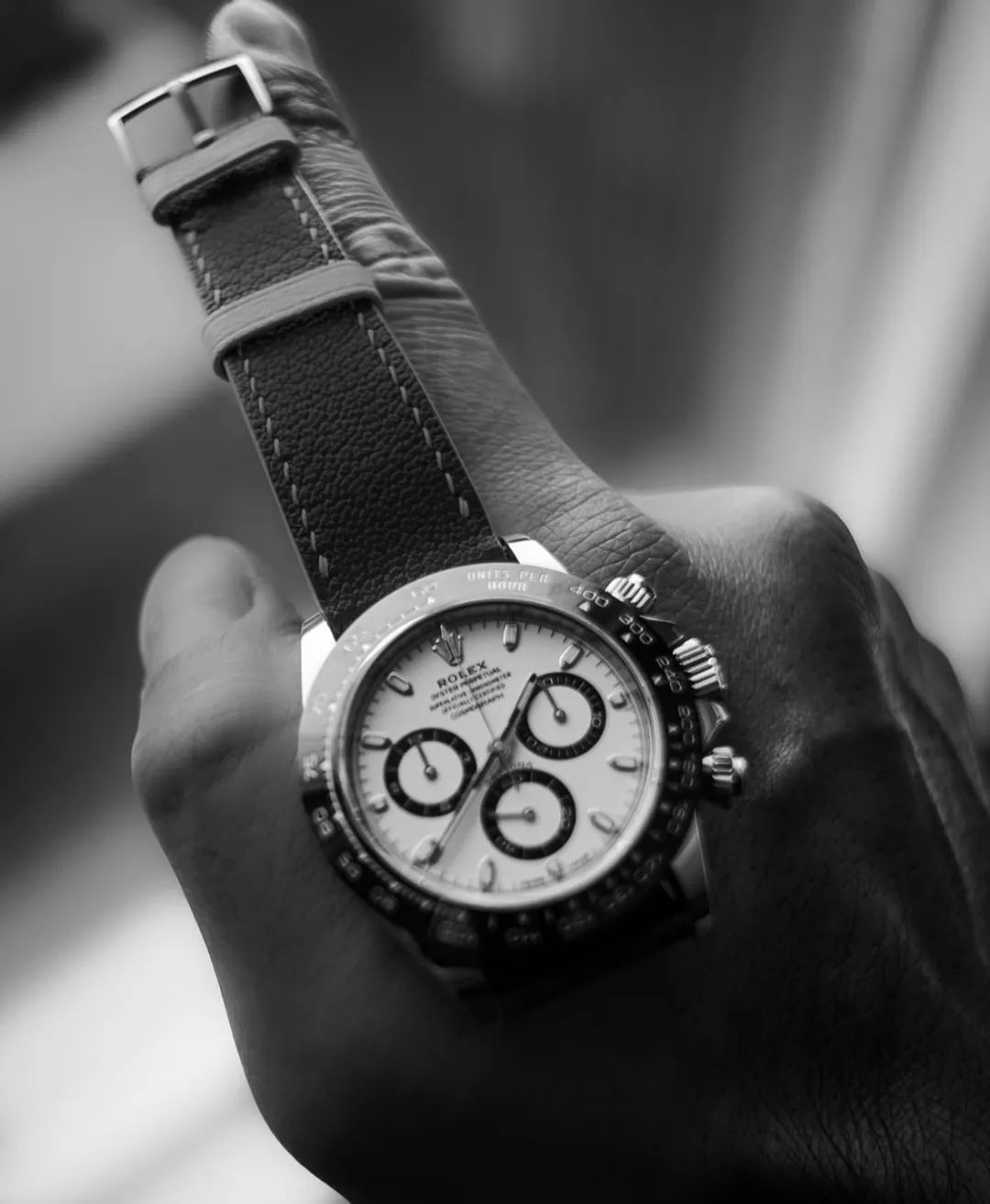
Bai Gangdi, the market price is about 230,000, and the retail price is 115,500.
The problem is that watch dealers do not get the goods from the counters at the retail price, but need to combine them with other brands that cost about 220,000. For the bundled styles, on average we calculate a 40% discount on shipments and get a refund of 132,000 yuan.
In other words, the profit of the watch dealer on Bai Gangdi is: 23+13.2-11.55-22=26,500.
The cost is 335,500, and the profit is 26,500, with a return rate of nearly 8%. It does look very promising, but the reality is not so smooth. The most common thing is that bundled styles are sometimes difficult to sell. There is a watch dealer in the circle of friends. The three watches sold together have been hanging for more than half a year, and the price has gradually dropped from 50% off to 35% off.
There must be some earning. But to say that watch manufacturers are the biggest beneficiaries of Rolex’s premium is really not true. What they earn is just money for moving bricks.

So, who is the biggest beneficiary of the premium?
clerk? Rolex brand? Dealer?
There are always people who say it’s a store clerk.
"All the extra money gained from the premium on Rolex's popular models was taken away by the clerks. The clerks in one store shared it equally."
There are two problems here. First, it is illegal to sell goods to consumers in stores for more than retail price. Consumers only need to call the industrial and commercial taxation telephone to report, and even the store will be in trouble. Second, all popular models are locked in a safe, and ordinary shop assistants do not have the right to determine ownership.
Of course, there are exceptions to everything. At Audemars Piguet on Nanjing West Road , there was an incident of collusion between internal and external store employees. While other employees were dining out, Zhang San sold four watches at a premium of three times to the watch dealer at the retail price. After the incident was revealed, Zhang San was fired.
However, this is just an example.
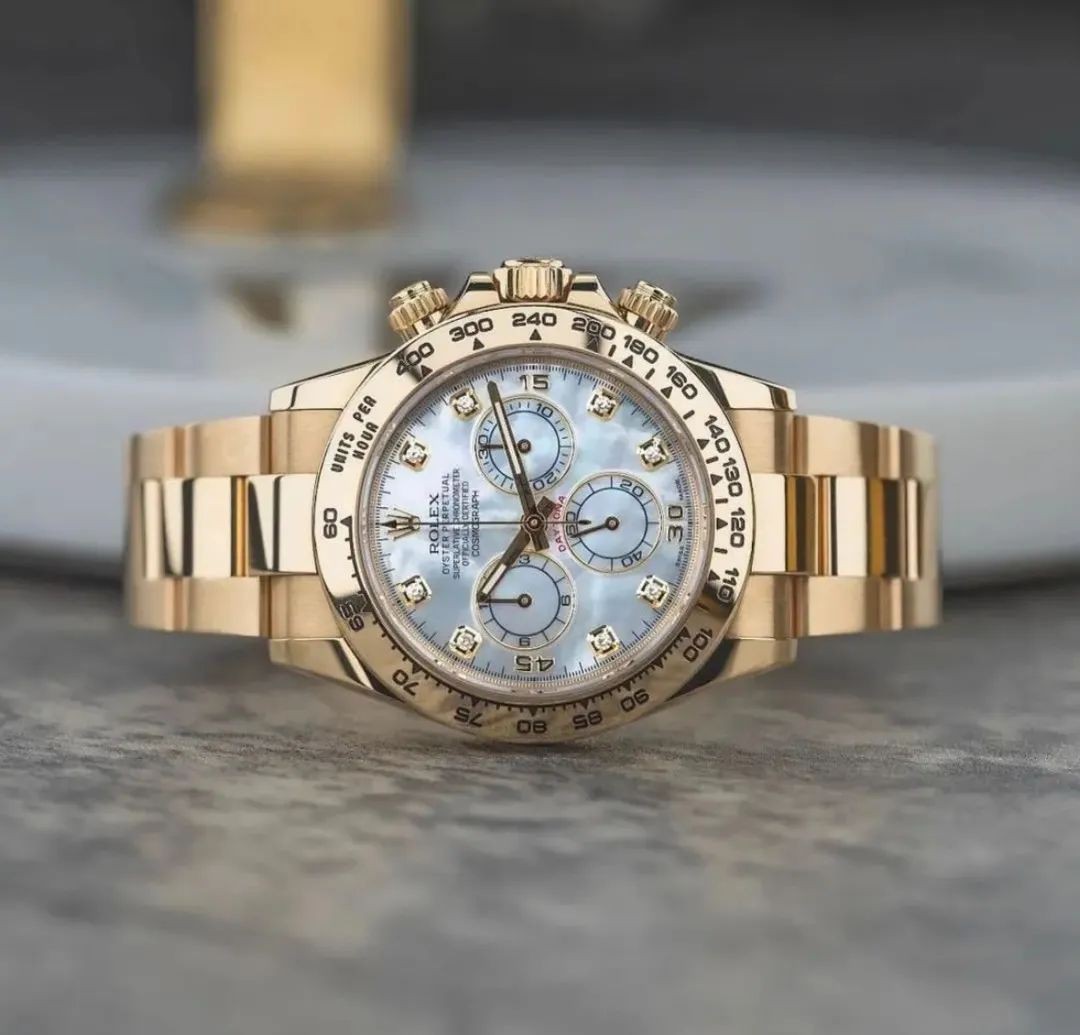
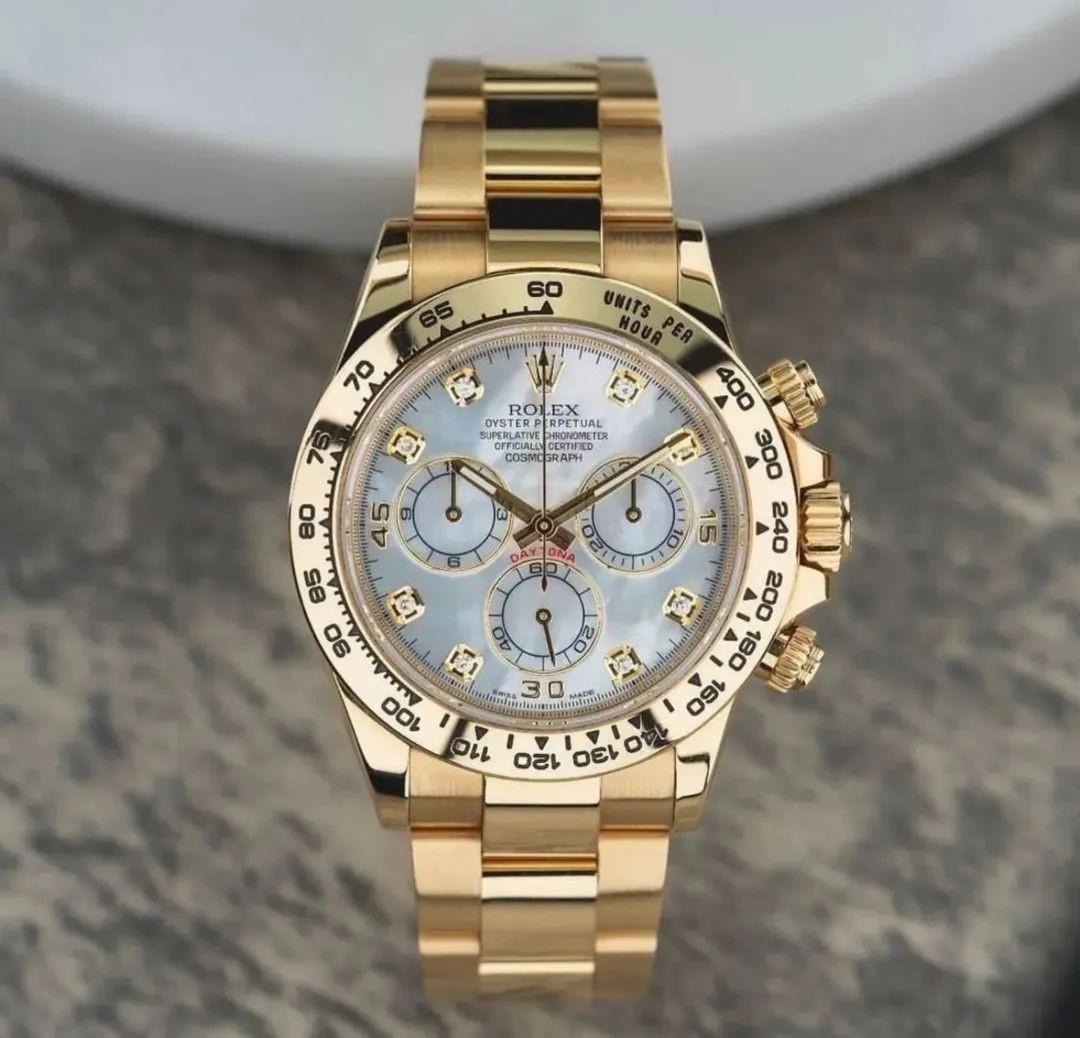
Not a shop assistant, is it the Rolex brand?
When Rolex delivers goods to dealers, it will comprehensively consider the dealer’s Tudor sales. With the premium of popular models, Rolex has gradually increased its voice in the face of dealers.
However, what this increased voice ultimately translates into is that it can add more inventory when distributing goods, and it can help Tudor's little brothers to help when formulating KPIs for dealers.
Beyond that, what else?
Therefore, Rolex’s supply policy to dealers is at most just one of the incentives for premium prices on popular models. Rolex itself, on the matter of premium prices, earns its voice and market reputation, and does not make much extra profit.
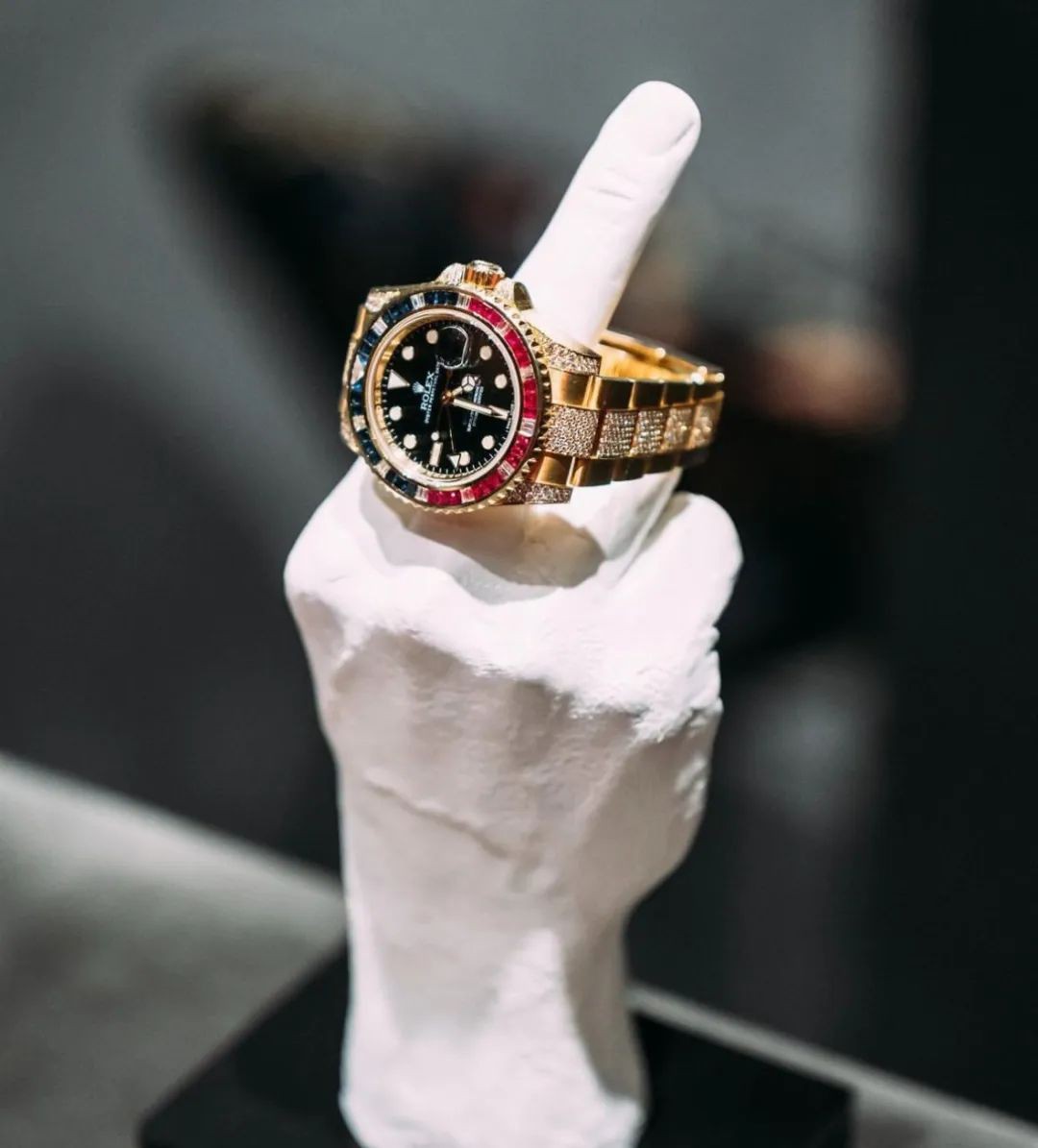
Say one more thing.
At present, Rolex’s distribution system for dealers is not as exaggerated as rumored outside. We won’t spend too much money, and we will definitely leave some space for dealers to sell brands other than Tudor.
for example. Bai Gangdi’s delivery condition is 250,000 Tudor, but Rolex’s KPI for dealers may only be around 200,000.
Rolex is very familiar with the tying routine, and it also knows very well that dealers will definitely use other brands to distribute goods during the sales process. After all, the profit of tying certain brands is much higher than tying Tudor. But what is very interesting is that Rolex’s attitude towards this has always been that it does not promote or prohibit it. As long as the dealers do not go too far, they basically turn a blind eye.
At a dealer's Qingdao exhibition, a watch dealer negotiated a tie-in price of more than 300,000 yuan with the dealer in order to get a white steel watch. More than 300,000 yuan, there is no Tudor. What’s even more amazing is that when the terms of the tie-in were discussed, the Rolex salesman was watching quietly from the side.
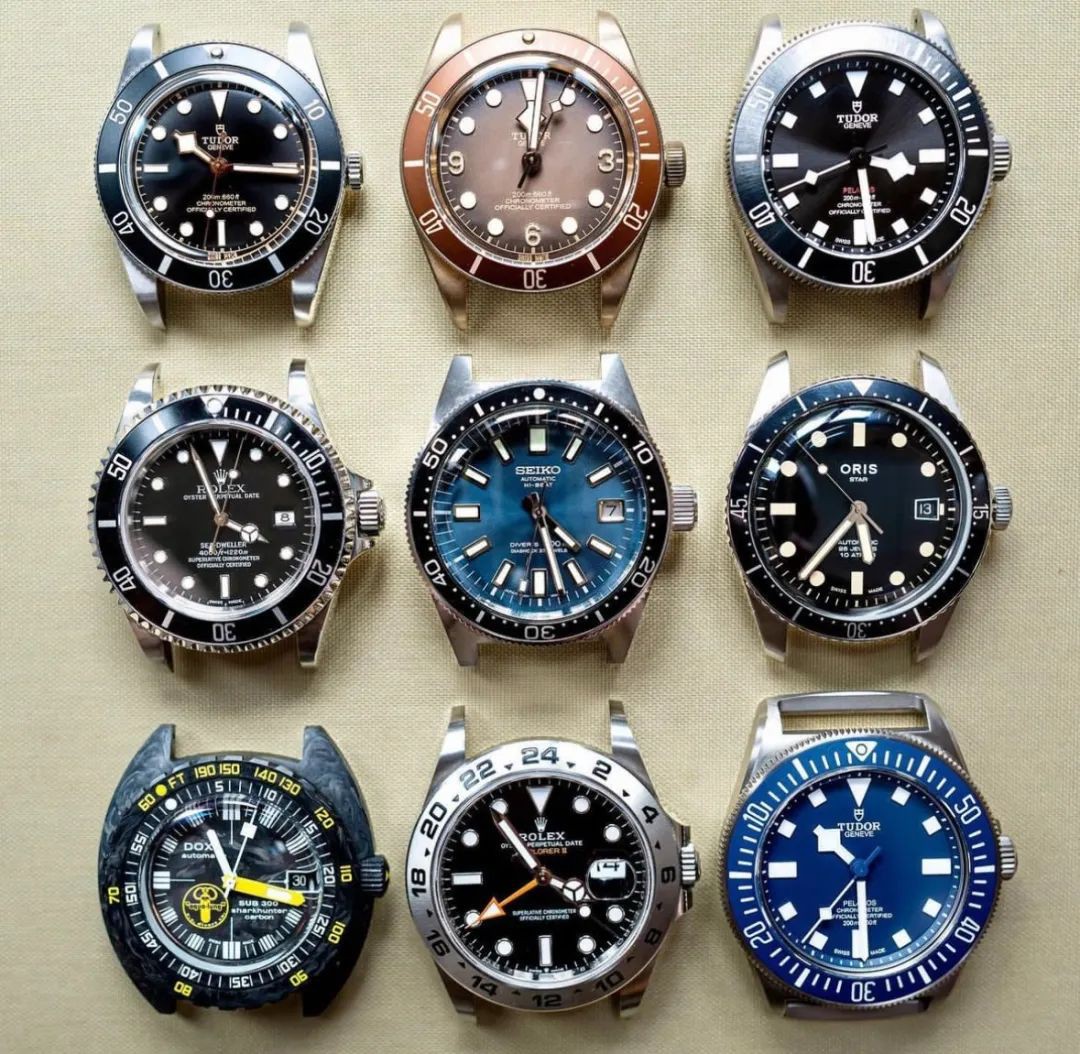
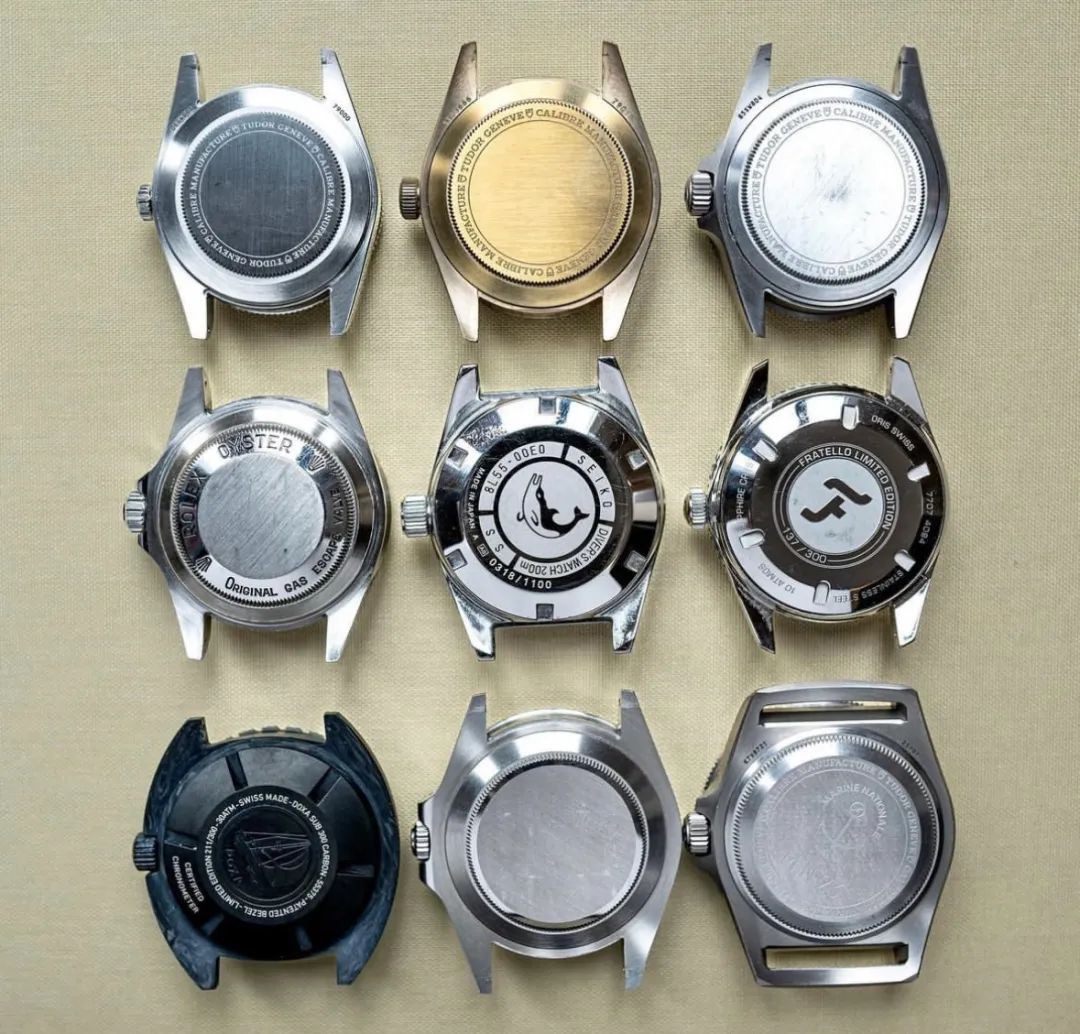
Not the watch dealer, not the clerk, not the brand.
Wouldn’t that leave only dealers?
In fact, in the premium system of Rolex popular models, dealers are indeed the biggest winners.
Earn, hemp, too.
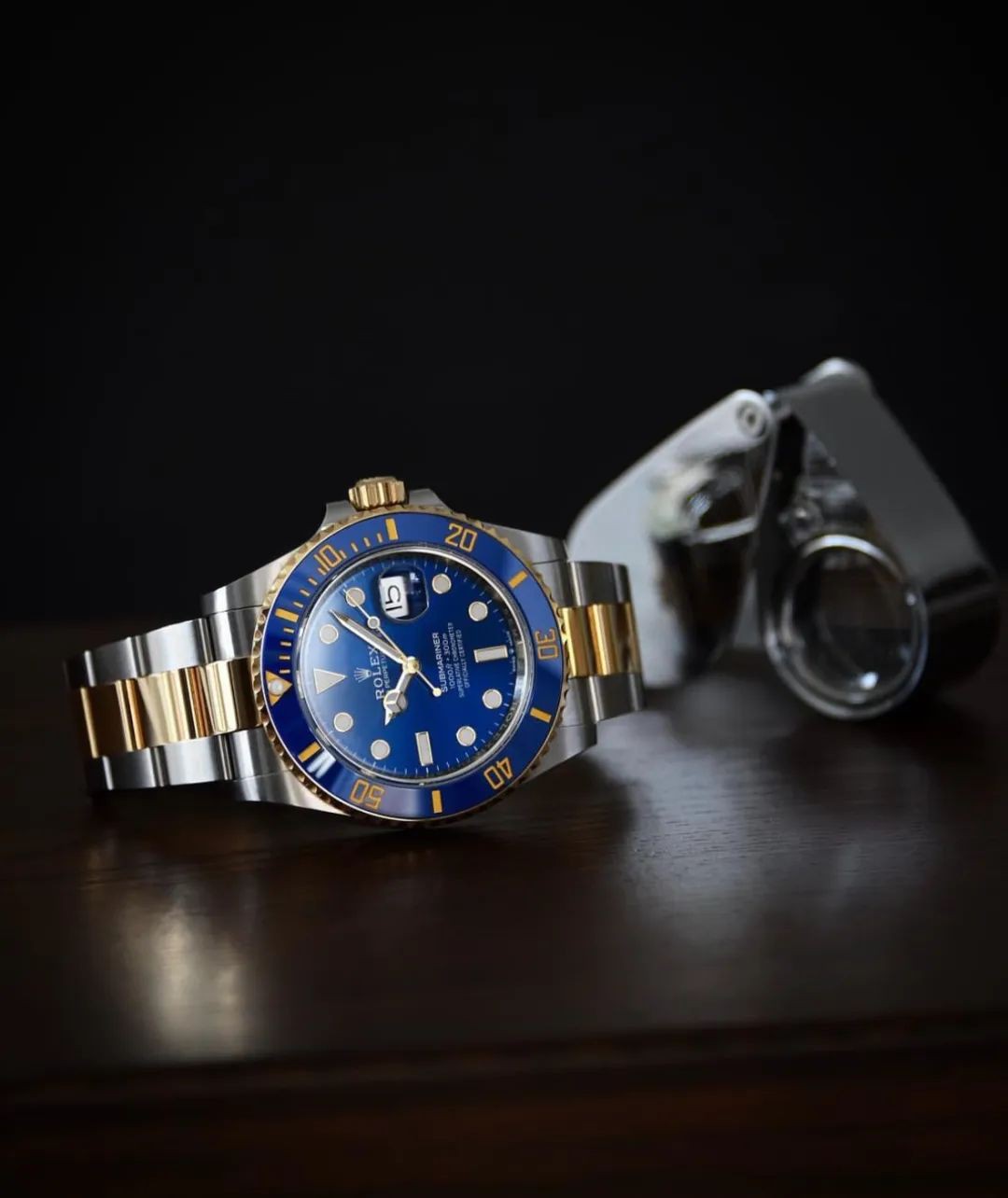
①The profit of the popular model itself.
The purchase discount given by Rolex to dealers is usually 32% off. The larger the size, the lower the discount. The smaller the size, the discount may be higher. Not bad at all.
The retail price of Baigangdi is 115,500 yuan, and the dealer's purchase cost is 11.55×0.68=78,540 yuan. Adding in about 5,775 tax invoices, sales commissions, store rent, employee costs, etc., the total cost is about 90,000 yuan.
The 25,500 of 11.55-9 is the profit of the watch itself.
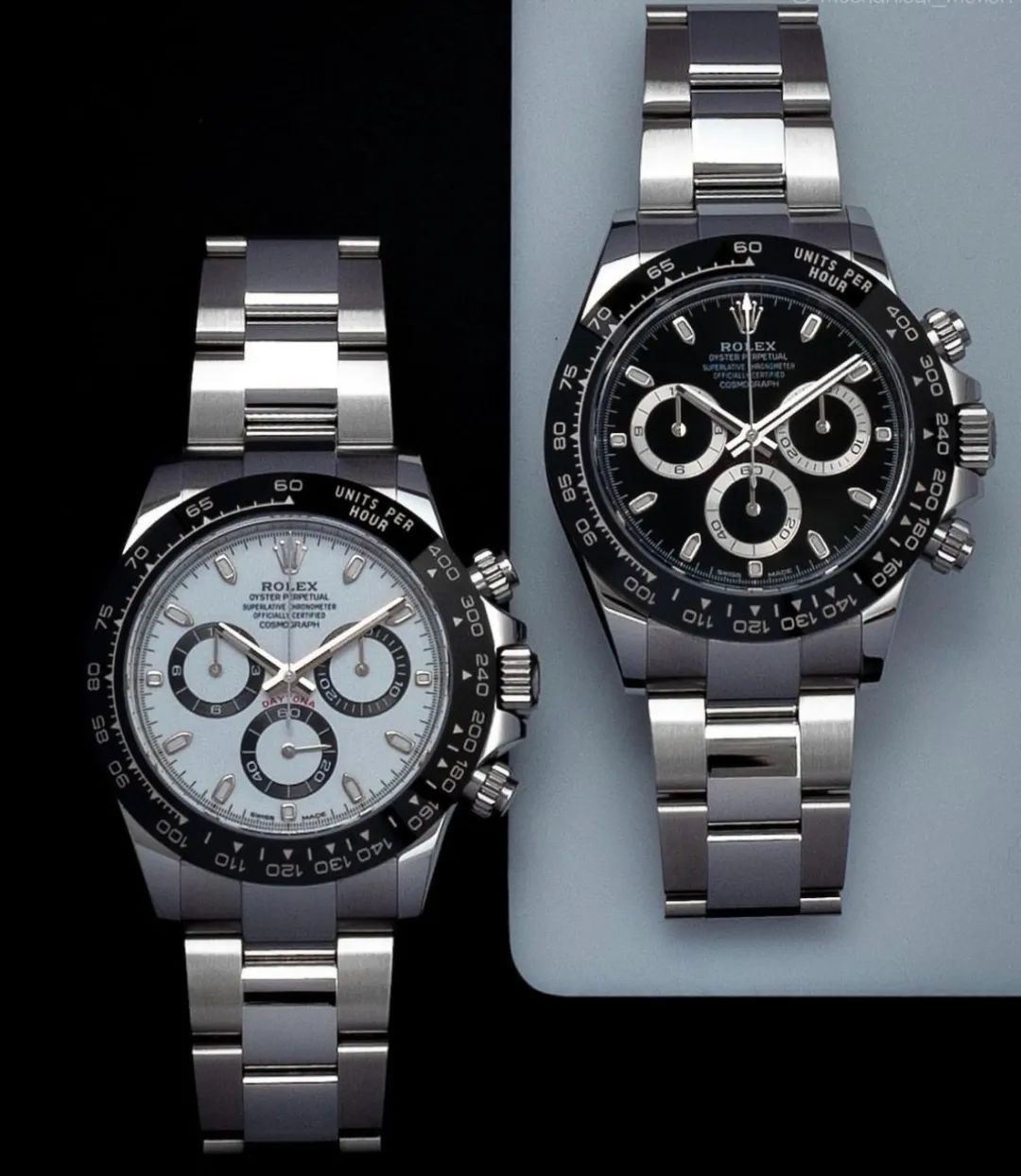
②Profit from tying sales.
This part is the big head.
For dealers, the most ideal state must be that consumers make up cash according to the market. Bai Gangdi's market price of 230,000 is directly a net profit of 23-11.55=114,500.
Some dealers do that. First, popular models are sold to relatives or partners at normal retail prices, and then relatives or partners sell these popular models to watchmakers in their personal capacity at a markup.
However, most dealers still choose tie-in sales with relatively less profit. There are two reasons.
One is that Rolex has requirements for the sales of Tudor. On the other hand, directly making up the price difference is easy to be reported, and there is a tax risk, and it will be very troublesome to check.
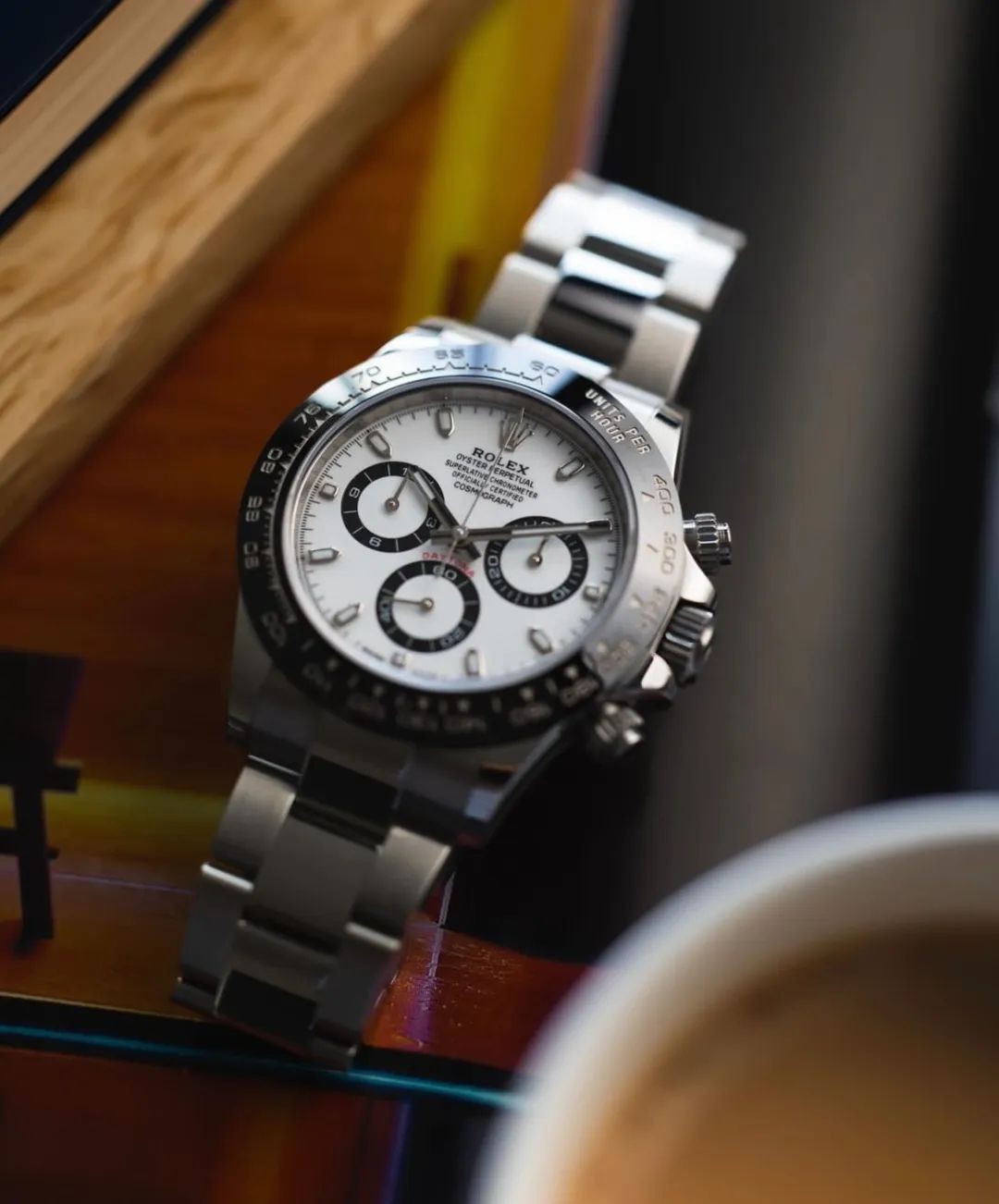
The profit of tying, in simple terms, is the profit of another watch itself.
Assume that Bai Gangdi wants to tie in with the sale of Brand A for RMB 250,000, and the purchase cost of brand A dealers is 30% off, which means that for every tie-in sale, the dealer can earn 25×0.3=75,000. If the cost of A can be reduced to 60% off, then the profit will become 100,000.
For Brand A, being bundled is also a good thing, as it can increase sales very quickly. There is a saying in the industry: If you want to greatly increase sales in a short period of time, you must either find Xiao Zhan or a Rolex dealer.
The Swiss watch industry owes Rolex a thank you.
In order to please Rolex dealers, some brands will also give a lot of preferential policies. For example, rebates.
The discount given by Brand A to the dealer is 40% off. But in order for Brand A to allow Rolex dealers to sell popular models, there will be a 5% or even 10% rebate at the end of the year. If the dealer is a bit more sinister and reduces the sales commission bonus, it will not be difficult to achieve a 40% discount on the cost.
At this time, a piece of Baigangdi is tied with brand A for 250,000 yuan, and the profit from the tied sale alone is 25×0.6=150,000!
There is something even more exaggerated.
Some styles are ugly and expensive, and it is basically impossible to sell them in normal sales. In order to preserve capital, the brand will give these styles to dealers at a discount of 2.5 to 30%, which is what we commonly call special prices. Dealers, on the other hand, will sell these styles at a 10% discount through tie-in sales.
The profits are ridiculous.
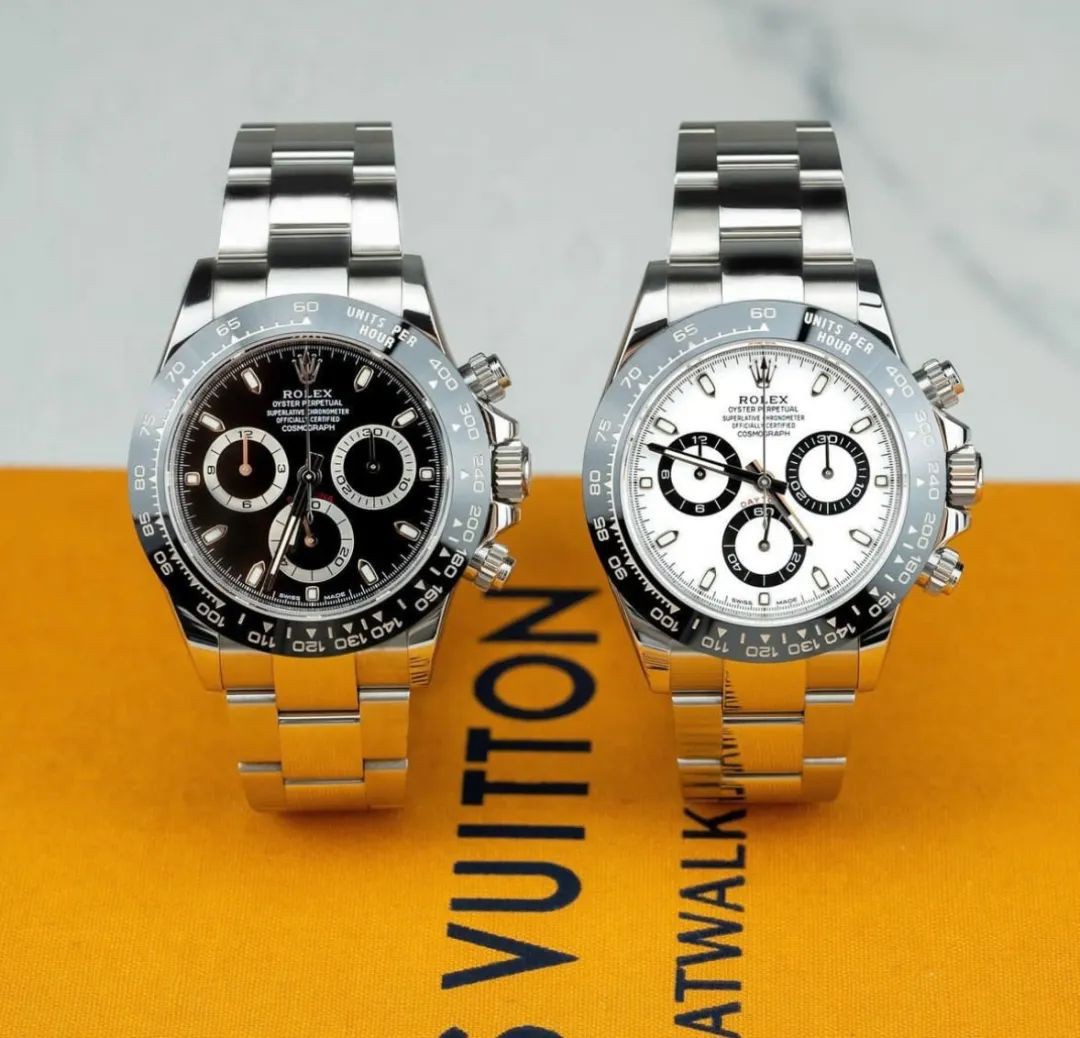
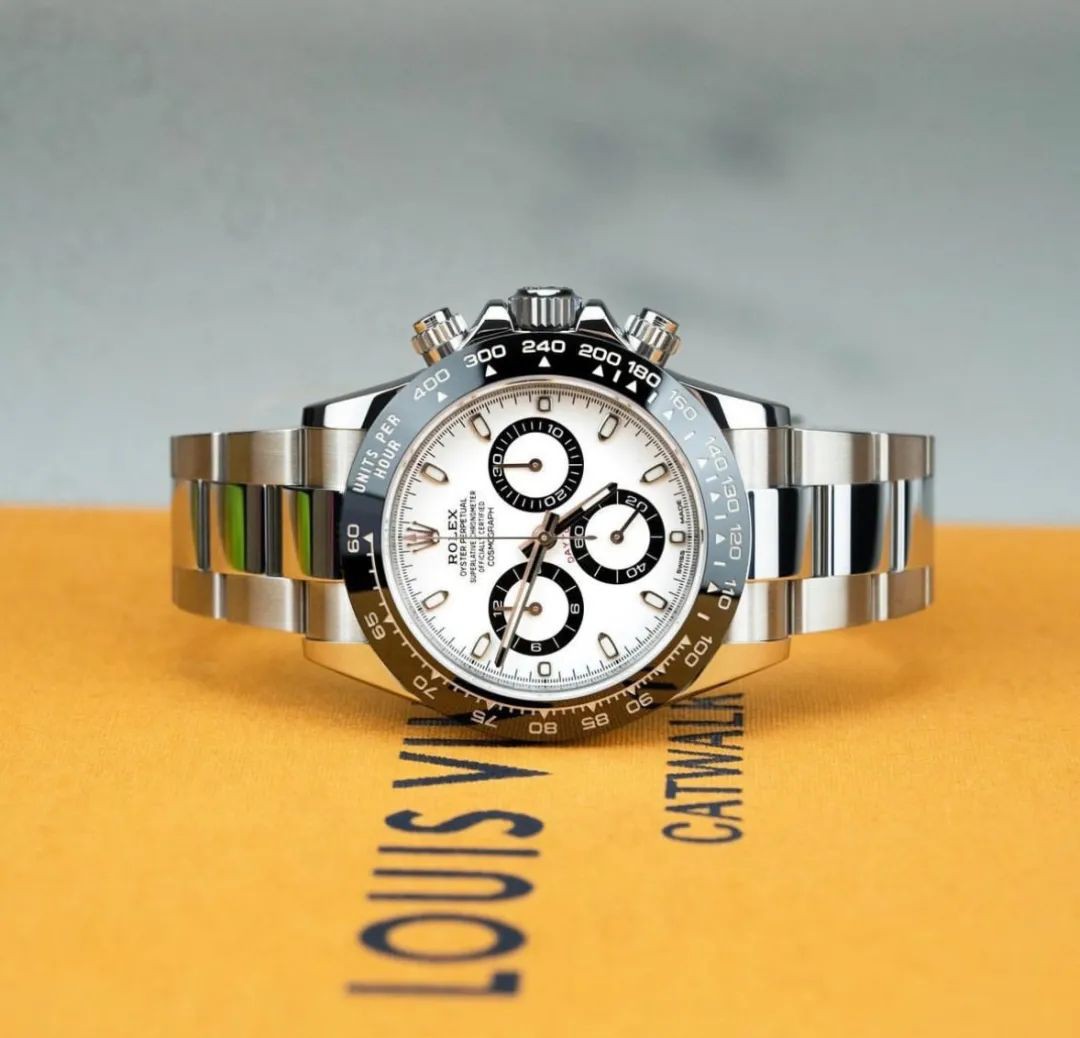
③Sales commission bonus.
In order to promote performance, many brands will give additional store sales bonuses and commissions. For a certain brand, there will be a bonus of 3,000 yuan for every watch sold, and there will also be a commission at the end of the month, which adds up to about 4,000 yuan.
As for the distribution method, some brands have salesmen directly transfer bonuses and commissions to the salesperson, while others have salesmen transfer all the money to dealers, and let dealers pay taxes at the end of the month before distributing the money to employees. .
But not all dealers will issue the full amount. Some people will put more than 3,000 of the bulk into their own pockets and only give 500 to 800 sales as bonuses.

